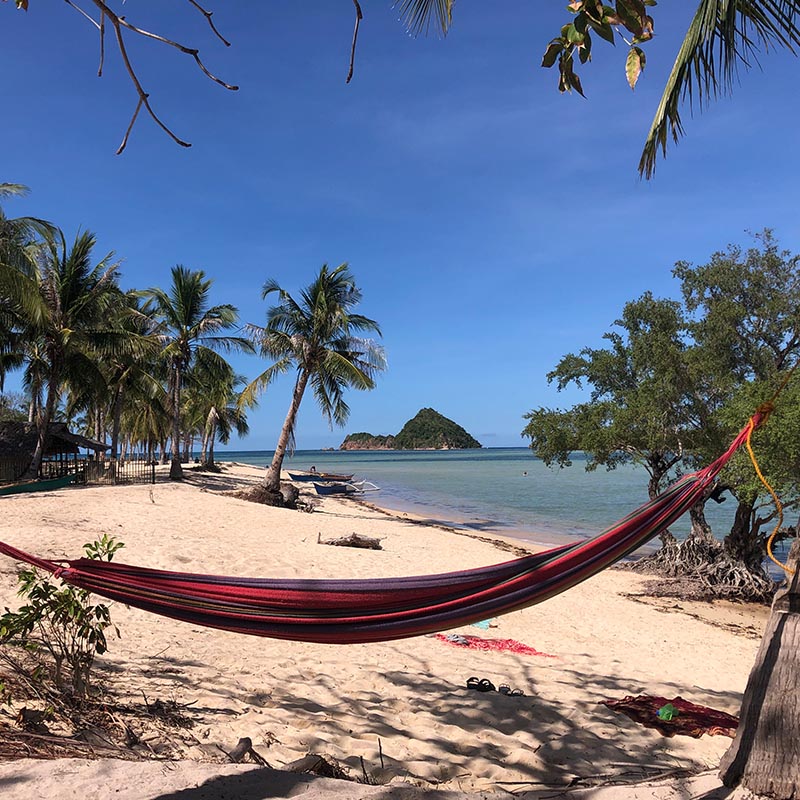traveling to the Philippines first time ?
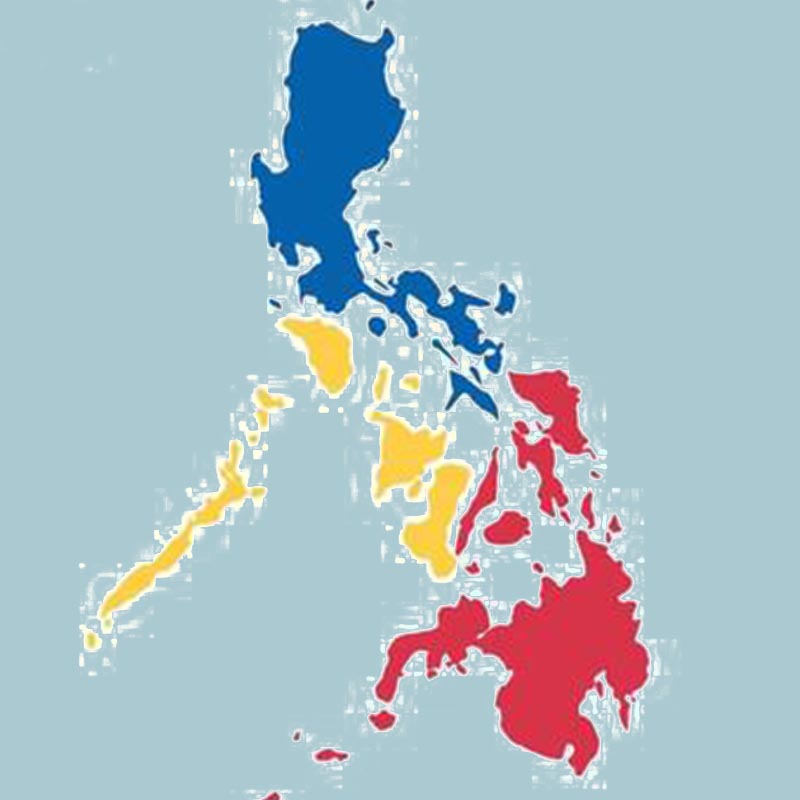
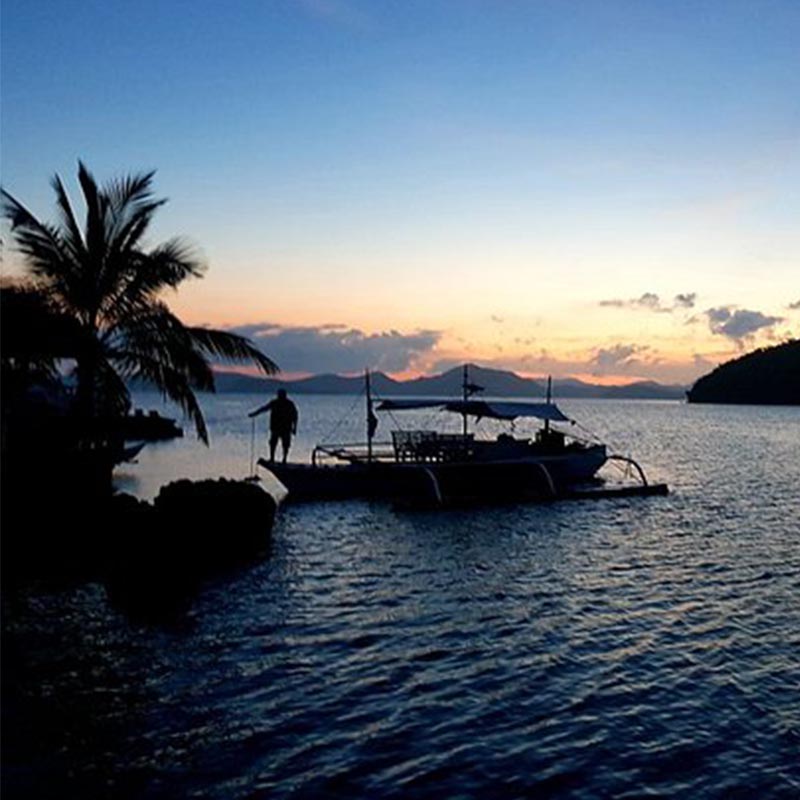
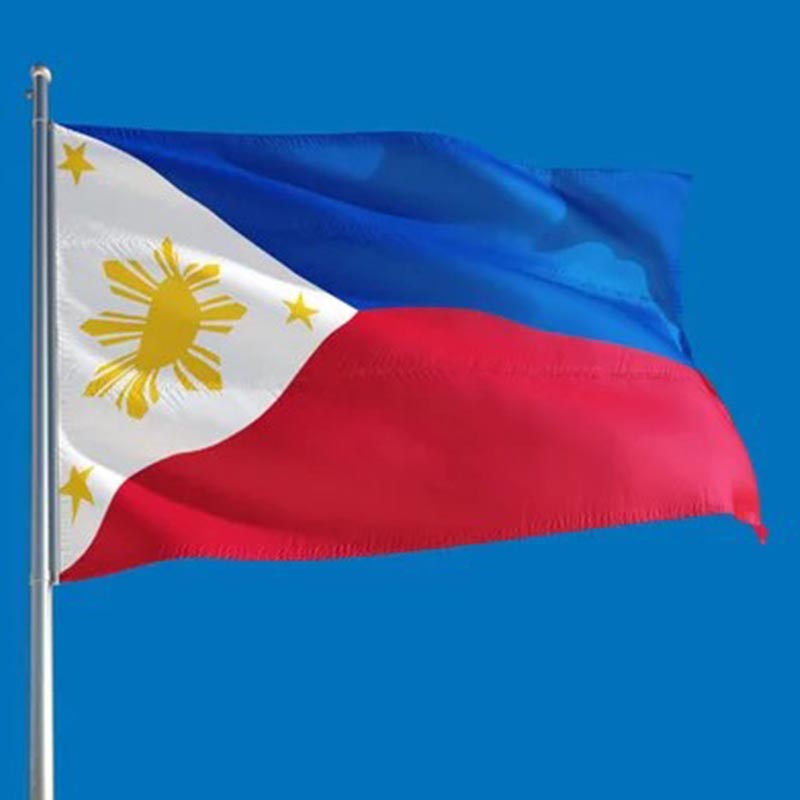
What you should know about the Philippines
A Traveler’s Introduction to the Philippines
Before embarking on an adventure to the Philippines, it’s helpful to understand what makes this island nation so unique. Distinct from its Southeast Asian neighbors like Thailand or Vietnam, the Philippines has a rich history that has shaped its culture, people, and landscape. This is a land defined by its geography, its Spanish and American colonial past, and the warm, resilient spirit of its people.
Key Facts & Geography The Philippines is a Southeast Asian archipelago located in the Pacific Ocean, north of Indonesia and east of Vietnam. It is the second-largest archipelago and fifth-largest island nation in the world, comprised of an astonishing 7,641 islands spread over 343,448 km². With a population of over 100 million and a youthful average age of just 25, the country is a vibrant and dynamic nation.
Language & Communication Communication is surprisingly easy for travelers. While there are over a hundred local dialects, the official languages are Tagalog and Visaya/Bisaya (each spoken by over 20 million people). Importantly, English is a connecting language and widely spoken in tourist areas, making it simple to navigate, communicate, and connect with locals.
Religion & Culture As the only country in Asia where Catholics are the majority, Christianity plays a significant role in Filipino culture. This is reflected in the many vibrant festivals, such as the famous Sinulog on Cebu. Filipinos are naturally sociable, love to sing and dance, and karaoke is a popular pastime. You’ll often find people enjoying live music and are likely to be welcomed to join in.
Money & Payments The local currency is the Philippine Peso (PHP). Cash is the most common form of payment, especially in rural areas and smaller establishments. Credit cards are generally only accepted at larger hotels. ATMs have a maximum withdrawal limit of 10,000 PHP per transaction and typically charge a fee of 220 PHP.
Best Time to Visit The Philippines has diverse climate zones. Generally, the dry season for the northern regions is from November to March. The southern regions often experience their best weather between March and June. Be sure to check the specific weather patterns for the islands you plan to visit.
Travel & Entry All visitors are required to complete the electronic entry form, even if coming from a visa-exempt country. This is done online via the official eTravel website (etravel.gov.ph) within 72 hours of your planned arrival. This registration generates a QR code that must be presented upon entry.
Health & Safety For travelers, all standard vaccinations are recommended. Note that rabies is still prevalent, so any animal bite should be taken seriously and treated immediately. Dengue fever, transmitted by mosquitoes, is a risk, so come prepared with mosquito repellent.
Outside of major cities and a few specific regions in the south, the Philippines is considered a very safe country. Filipinos are exceptionally friendly, open, and curious about tourists. It’s far more likely you’ll be invited to a meal by strangers than encounter any trouble.
Getting Around As an island nation, travel between islands is key. While buses and trains operate regionally, the primary modes of long-distance transport are ferries and domestic flights. It’s important to be flexible with your schedule, as ferries can be cancelled due to weather and flights can be delayed. Booking many inter-island trips can often only be done locally. For short distances, taxis, tricycles, and motorcycle taxis (habal-habal) are common. The ride-hailing app Grab is available in larger cities. It’s always wise to budget extra time for travel in the Philippines.

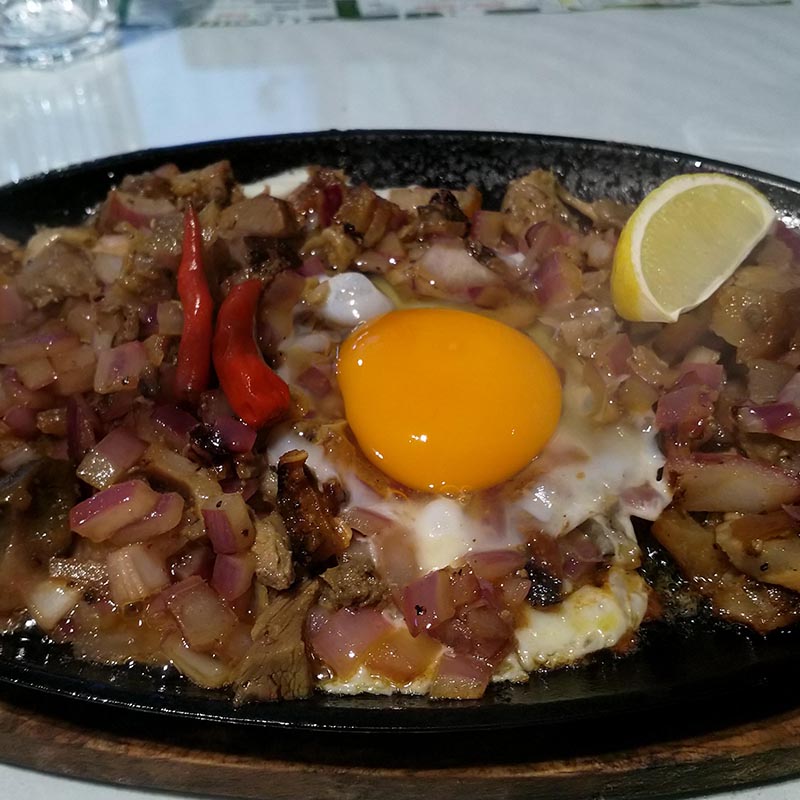
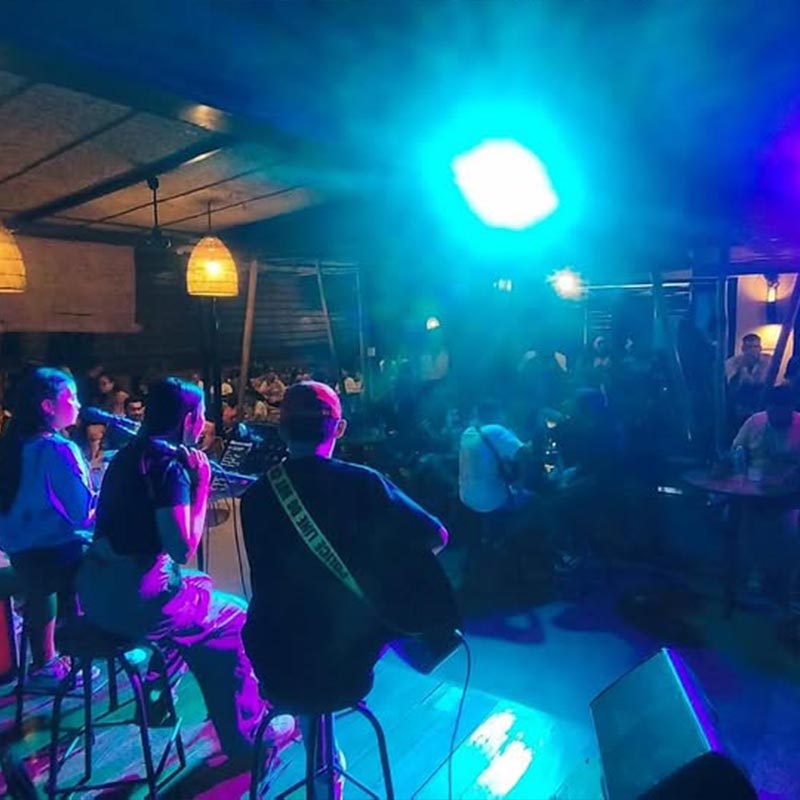
Filipino Cuisine
Compared to other Southeast Asian kitchens, Filipino food is generally less spicy and can be quite heavy and meat-focused. Rice is the staple of almost every meal, and dishes are often flavored with vinegar, calamansi (a local lime), or tamarind. Two must-try dishes are:
Adobo: Often considered the national dish, this is a savory mix of chicken or pork (or both), simmered in vinegar, soy sauce, garlic, and pepper. It has countless regional variations.
Sisig: A beloved dish made from chopped meat, served sizzling on a hot plate, typically with onions, calamansi, and a raw egg. Western food like burgers, pizza, and crispy chicken is also readily available. For a sweet treat, try Halo-Halo, a popular dessert meaning “mix-mix,” made of shaved ice, evaporated milk, and a colorful array of fruits, jellies, and beans.
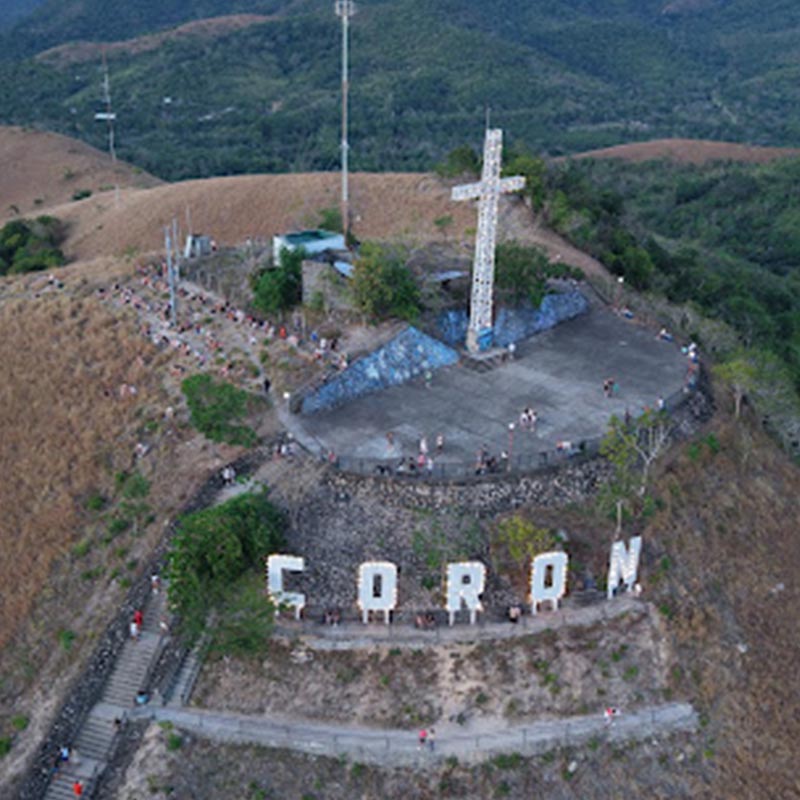
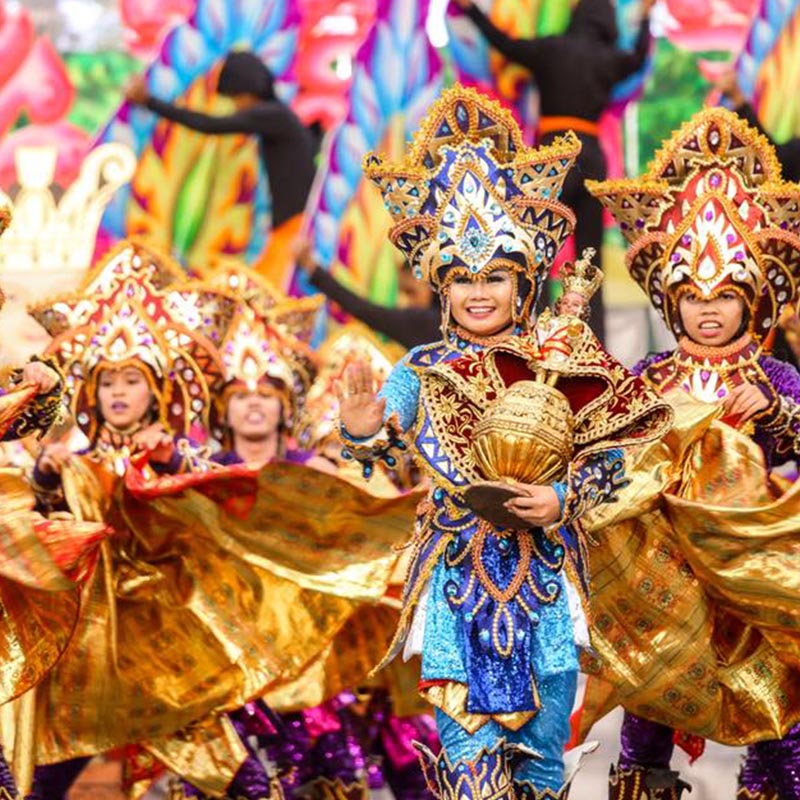
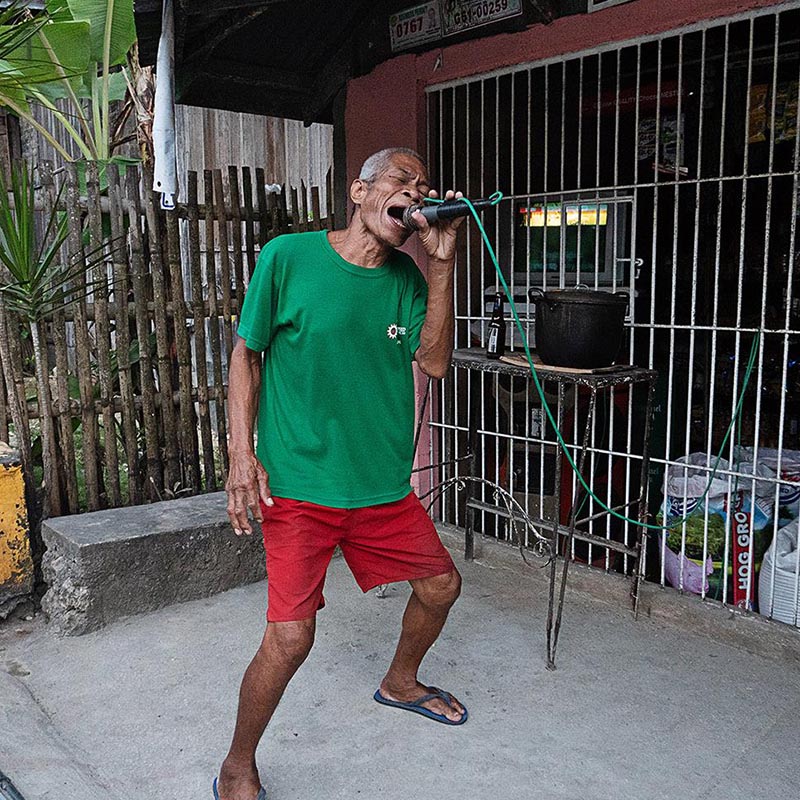
Filipino Mentality & Culture
The Filipino mentality is shaped by a rich and eventful history, with influences from both Spanish and American colonial eras still evident today. As a predominantly Catholic country, Christian holidays play a significant role in their culture and are celebrated with great enthusiasm.
Filipinos know how to celebrate, and a perfect example is the Sinulog festival in Cebu, one of the largest and most vibrant festivals in the country. Filipinos love to sing and dance, and you’ll find that karaoke and live music are staples of the evening entertainment. Don’t be shy—joining in is the best way to experience their warm and welcoming culture.
The people are incredibly sociable and hospitable. You’re likely to have many enriching encounters with locals who are open, friendly, and curious about visitors. This innate warmth and a strong sense of community will be a memorable part of your journey.
connected themes :
an overview on flights,
ferry and island-hopping
connections to Coron.
Explore Coron’s Iconic Lagoons & Beaches Your Guide to Unforgettable Island Hopping Tours.
Doctors, Police, Bank, Laundry
and other useful services you find in the city
where to eat and drink and
more useful informations about
Coron Town.

